Ba Ria-Vung Tau strengthens regional links to bolster tourism
Ba Ria-Vung Tau has set specific targets for tourism development, aiming for an average annual growth rate in tourist arrivals of 16-18 per cent and an increase in revenue from tourism activities by an average of 18-20 per cent per year.
Specifically, by 2030, the province aims to contribute about 18-20 per cent of the added value to the service sectors and approximately 5.5-6.0 per cent of the province’s regional GDP, increase the average stay of tourists from the current 1.8 days to 2.4 days, and raise the average spending per tourist to VND4.3 million ($180).
To achieve these goals, regional linkages are essential for localities to promote a variety of unique and attractive tourism activities and products. This also helps create a shared regional image and brand, enhancing competitiveness both domestically and internationally, thereby truly making tourism a leading economic sector and establishing the province's tourism brand at a national and international level.
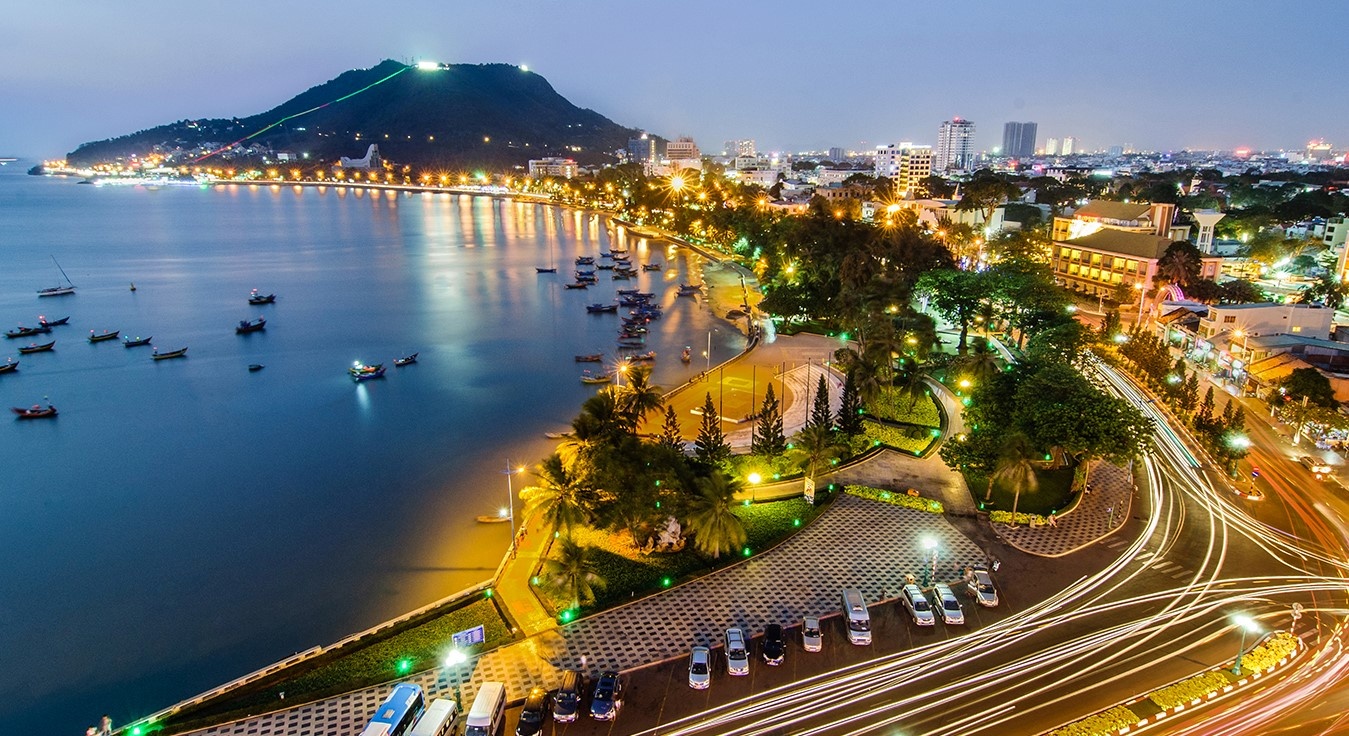 |
| A corner of Vung Tau city at night. Photo: VGP |
Ba Ria-Vung Tau has been actively promoting tourism linkages with localities in the southeast region and has posted certain results, such as reaching a regional cooperation agreement for tourism development for the 2020-2025 period, plus crafting an action plan to expedite the agreement.
The province’s tourism sector has also collaborated with tourism departments in other localities to survey cruise tours and routes, participating in fairs to promote tourism among regions, and signing cooperation programmes for tourism development with different localities across the country, including Can Tho, Danang, Hanoi, Daklak, Binh Dinh, Khanh Hoa, Kien Giang, and Binh Thuan.
| The province’s tourism sector has grown at a robust pace, with both visitor and revenue numbers increasing. |
Tourism linkages between localities in the southeast region have brought about a very clear transformation. The localities have recognised the critical role of tourism, particularly the importance of collaboration, and that when combined, they can create an attractive chain of tourism products, extending tourists' journeys and length of stay.
The province’s tourism sector has grown at a robust pace, with both visitor and revenue numbers increasing.
In the first nine months of the year (3Q), revenue from tourism accommodation services rose by 19.6 per cent, and travel service revenue eyed a 39.7 per cent jump compared to the same period last year.
The total number of tourist stays at accommodation facilities was estimated at 4.108 million, reaching 85.7 per cent of the full-year plan and up 17.2 per cent on-year. Among these, international tourist stays reached around 203,700, achieving 91.3 per cent of the full-year plan and an increase of 17.2 per cent on-year.
The southeast region has strong geographic and transportation links with other regions, such as the southwest, central coastal, and Central Highlands.
Diverse distinct tourism routes have been established, such as ‘To the Waterways’, ‘The Central Heritage Road’, ‘The Green Road of the Central Highlands’, and the Trans-Asia tourism route connecting Vietnam with Indochina countries and extending to ASEAN nations and beyond.
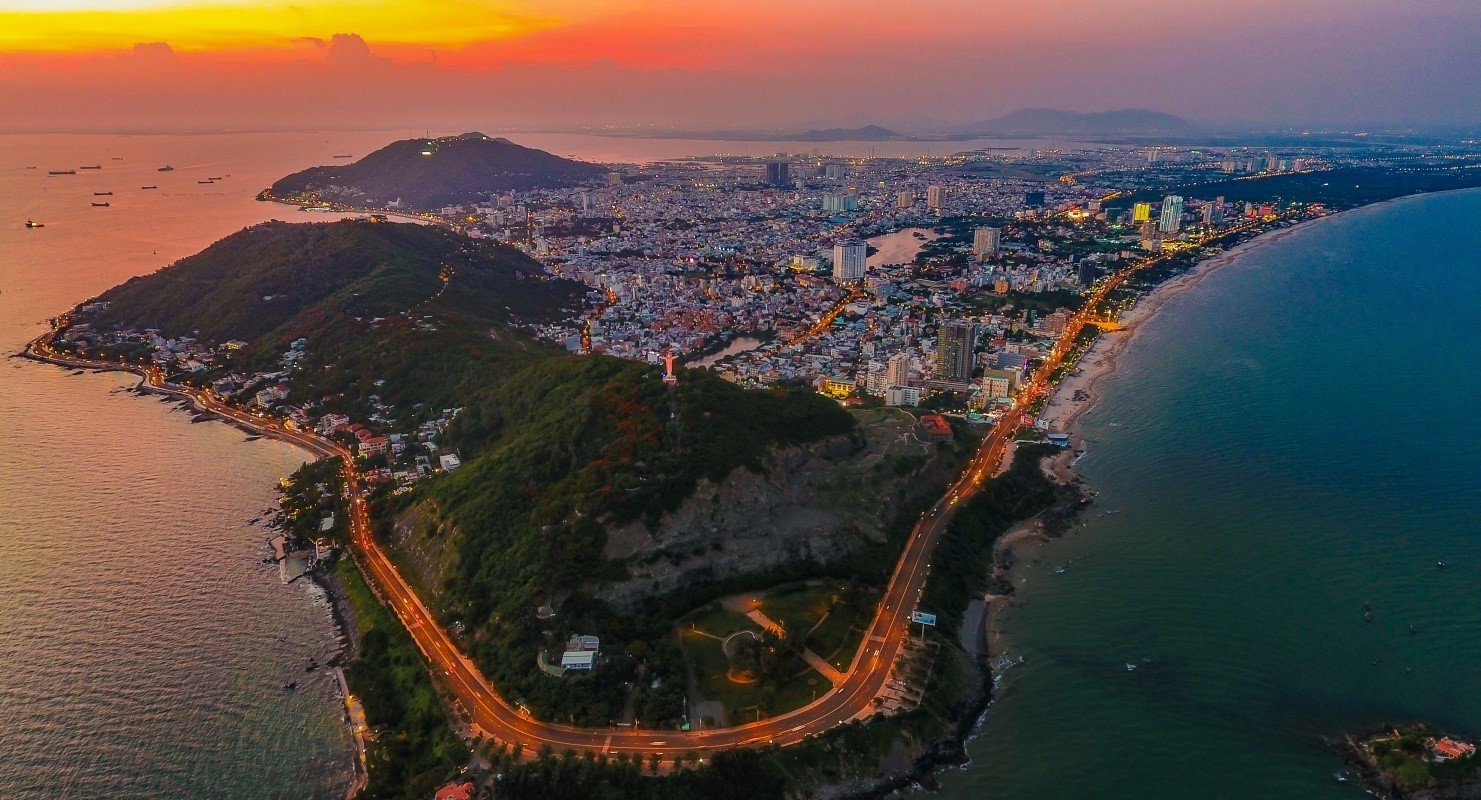 |
| Overview of Vung Tau city. Photo: Lo Van Hop |
Strengthening regional linkage effectiveness not only leverages unique local products, diversifies tourism types, and enhances regional competitiveness, but also creates opportunities for travel firms to expand their markets and promote more effective collaboration to achieve two major goals: tourism promotion and tourism investment promotion.
In addition, Ba Ria-Vung Tau is focused on developing a transport infrastructure network connecting localities with abounding tourism-potential to build a seamless transport system. This facilitates tourism development and attracts resort real estate investors to develop tourism facilities in the area.
To advance cooperation and in-depth linkages that meet the expectations of southeastern localities, it is imperative for Ba Ria-Vung Tau to enhance local workforce training to align with international integration requirements, diversify tourism offerings, and expand connections with other regions nationwide to be able to best avail of its existing tourism potential.
In regional partnerships, it is crucial to avoid the “each one for themselves” approach that lacks an integrated regional framework to ensure complementary development that effectively leverages local advantages.
Stronger exchange, coordination, and service provision support are needed among tourism businesses in the region, particularly in linking services between travel companies and businesses in accommodation and transportation.
Effective connections should be created to promote destinations, build value chains, and develop appealing tourism products for visitors and to elevate the tourism brand of each locality.
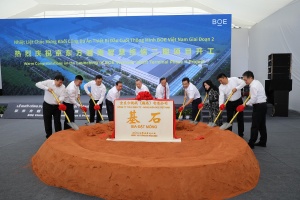 | China's BOE builds $275 million electronics factory in Ba Ria-Vung Tau Top Chinese display maker BOE Technology Group, a supplier of both Apple and Samsung, broke ground on the BOE Vietnam smart terminal phase 2 project on April 18 at Phu My 3 Specialised Industrial Park in the southern province of Ba Ria-Vung Tau. |
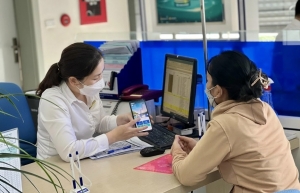 | Ba Ria-Vung Tau leads the way in digital transformation The southern province of Ba Ria-Vung Tau is pioneering digital transformation in public administration and social services, aiming to streamline bureaucracy and enhance citizen services while modernising governance and significantly boosting the region's investment appeal. |
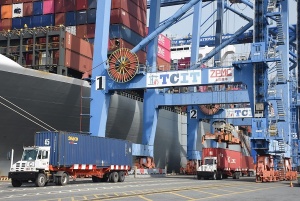 | Foreign investors flocking to Ba Ria-Vung Tau The southern province of Ba Ria-Vung Tau is solidifying its reputation as a standout destination for foreign investors, driven by its favourable investment climate and strategic policies. |
What the stars mean:
★ Poor ★ ★ Promising ★★★ Good ★★★★ Very good ★★★★★ Exceptional
 Tag:
Tag:
Related Contents
Latest News
More News
- The destinations powering Vietnam’s festive season travel demand (December 04, 2025 | 18:33)
- Vietnam named among the world’s most exciting winter destinations (December 04, 2025 | 15:10)
- Phu Tho emerges as northern Vietnam’s new tourism hub (December 01, 2025 | 17:00)
- Vietjet completes Airbus A320/A321 updates ahead of deadline (December 01, 2025 | 09:49)
- Vietjet resumes Con Dao flights from early December (November 28, 2025 | 15:24)
- Free tickets, Lunar New Year promotions on offer at Vietjet Mega Livestream (November 26, 2025 | 15:32)
- Scandinavian Airlines and Vietnam Airlines broaden agreement with new routes (November 25, 2025 | 17:04)
- Halong Cruise Port welcomes over 3,100 international visitors (November 12, 2025 | 18:06)
- Vietnam.travel climbs to second place in Southeast Asia website rankings (November 12, 2025 | 18:01)
- Cat Ba named among Southeast Asia’s top island adventures (November 11, 2025 | 18:09)





























 Mobile Version
Mobile Version